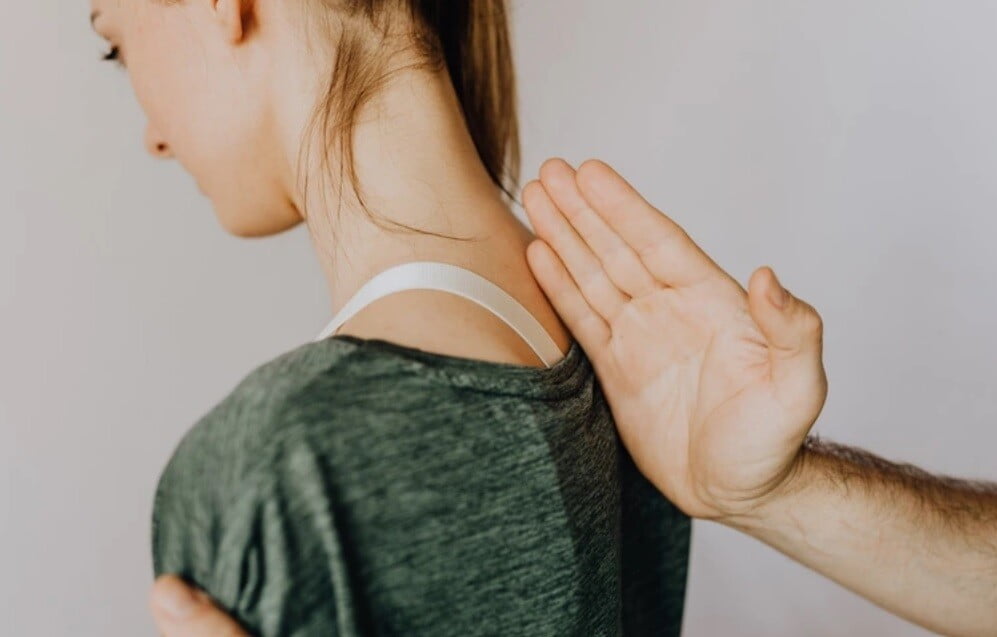Scoliosis is a health condition affecting the spine, regardless of age, but it is most commonly diagnosed during adolescence. This condition involves an abnormal curvature of the spine, which can impact an individual’s posture, appearance, and overall quality of life. While nothing should replace a diagnosis by a health specialist, knowing what scoliosis involves may encourage you to visit the doctor’s office sooner.
Moreover, by gaining a comprehensive understanding of this condition, you can better navigate its challenges and make decisions about your health. So, let’s discuss the causes, symptoms, types, prevention, and treatment options for scoliosis that may help its timely discovery and manage it more easily.
What causes scoliosis?
Scoliosis is a complex condition with various potential causes. The primary factor contributing to this condition is often idiopathic, meaning the cause is unknown. However, other causes can include spinal deformity present at birth known as congenital scoliosis. For example, a baby born with one side of the spine shorter than the other may develop congenital scoliosis.
Due to underlying neuromuscular conditions that weaken the muscles supporting the spine, a person may develop neuromuscular scoliosis. Conditions such as cerebral palsy, muscular dystrophy, and spinal cord injuries can lead to this type of scoliosis.
Degenerative scoliosis typically occurs in older individuals as age-related changes affect the spine during the person’s life. This form of scoliosis is often associated with degenerative disc disease, osteoporosis, and the natural wear and tear on the spine that comes with aging. An Australian medical review analyzed several studies, finding that patients most likely to consult with scoliosis specialists in Brisbane and other major cities are females, from 41 to 94 years of age.
Nonetheless, the most common form is idiopathic scoliosis, which usually develops during adolescence. Although the exact cause is unknown, research has shown that if a family member has scoliosis, a person is more likely to develop it. Idiopathic scoliosis has three subcategories:
- Adolescent Idiopathic Scoliosis (AIS) — between the ages of 10 and 18,
- Juvenile Idiopathic Scoliosis — between the ages of 3 and 10, and
- Infantile Idiopathic Scoliosis — infants under the age of 3.

Symptoms that point to possible scoliosis
Scoliosis symptoms can vary based on the severity of the condition. Common signs and symptoms include:
- Uneven shoulders: one of the most visible signs, where shoulders are in asymmetry due to the twisting and curvature of the spine.
- Uneven hips: Scoliosis can cause one hip to appear higher than the other, resulting in an uneven pelvis.
- Spinal curve: a noticeable S-shaped or C-shaped curve in the spine is a symptom of scoliosis, often more apparent when a person bends forward.
- Back pain: scoliosis can lead to discomfort and pain in the lower back, upper back, or along the spinal curve.
- Breathing difficulties: In severe cases, scoliosis can impact lung function, leading to shortness of breath or reduced lung capacity.
Prevention and treatment of scoliosis
When it comes to treatment, mild cases of scoliosis can often be managed with Scoliosis Physical Therapy Denver programs and exercises that aim to strengthen the muscles supporting the spine and improve posture. These exercises may include core-strengthening routines, yoga, and targeted stretches. In more severe cases, orthopedic braces are used to prevent further curvature of the spine. The success of bracing depends on the individual’s age, the severity of the condition, and their compliance with wearing the brace.
When it comes to treatment, mild cases of scoliosis can often be managed with physical therapy and exercises that aim to strengthen the muscles supporting the spine and improve posture. These exercises may include core-strengthening routines, yoga, and targeted stretches. In more severe cases, orthopedic braces are used to prevent further curvature of the spine. The success of bracing depends on the individual’s age, the severity of the condition, and their compliance
with wearing the brace.
Surgery is considered when scoliosis is severe and progressive or when other treatments have proven ineffective. The surgery aims to straighten the spine and fuse the affected vertebrae with the help of screws, rods, and bone grafts. It is typically reserved for cases where the curvature poses a significant risk to a person’s health or quality of life. Hence, consulting reliable professionals who specialize in scoliosis treatment denver (or elsewhere) can help determine the most effective approach based on each individual’s unique needs.
Final thoughts
Just like with any other health condition, the key to understanding scoliosis, and its various causes, symptoms, and treatment options, is by staying vigilant and working on prevention. While it can’t always be prevented, early detection and appropriate interventions are crucial to managing the condition effectively.
The choice of treatment depends on the individual’s age, the severity of the scoliosis, and their overall health. Individuals can make informed decisions about their health and work towards maintaining a healthy and active lifestyle if they have a full grasp of this condition. Lastly, if you suspect scoliosis, make sure to consult with a healthcare professional for a proper diagnosis and the most suitable treatment options.
You may also want to read,







